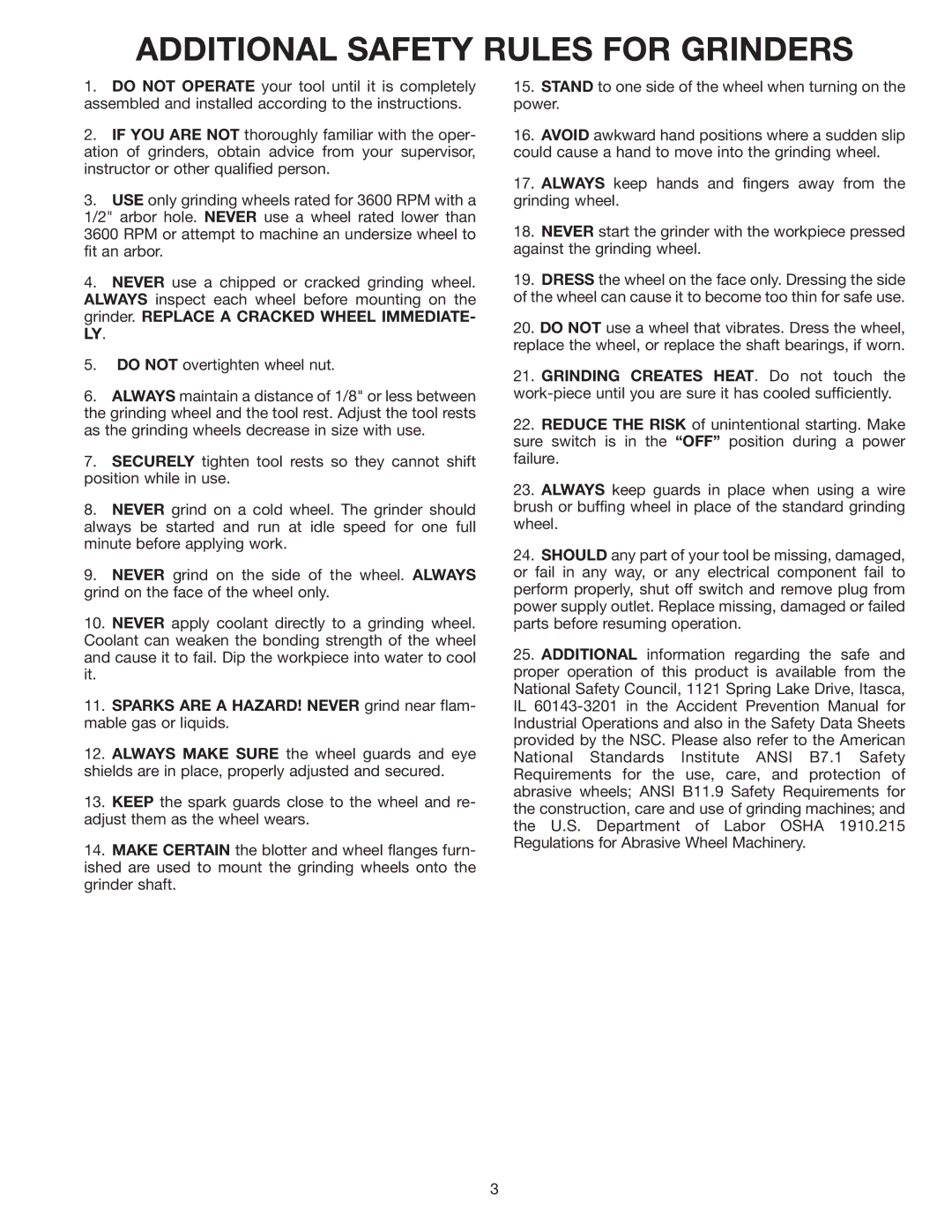23-640, 23-645 specifications
Delta 23-645 and Delta 23-640 are advanced technology solutions developed to meet the demands of modern industries requiring high performance and reliability. Both models are engineered to serve various applications, from manufacturing to logistics, and are designed with cutting-edge features that enhance efficiency and productivity.The Delta 23-645 boasts a robust architecture, allowing for superior load handling capacity, making it an ideal choice for heavy-duty tasks. This model is equipped with a highly efficient motor system that not only maximizes output but also minimizes energy consumption. With its user-friendly interface, operators can easily navigate through various functions, ensuring a seamless operation in fast-paced environments.
Meanwhile, the Delta 23-640 is designed with a focus on flexibility and adaptability. It is engineered to integrate smoothly with existing systems, allowing for seamless upgrades in technology without complete overhauls. This model features an intelligent control system that leverages machine learning algorithms to optimize performance based on real-time data analysis. The Delta 23-640 is particularly well-suited for industries where quick adjustments to production lines are necessary, further enhancing operational efficiency.
Both models are built with durability in mind, utilizing high-grade materials that withstand wear and tear in challenging environments. They come equipped with advanced safety features, including automated shut-off systems and real-time monitoring, ensuring operators are protected while maximizing uptime and productivity.
Connectivity is another key benefit of the Delta 23-645 and Delta 23-640. They support a range of communication protocols, allowing them to be integrated into various Internet of Things (IoT) frameworks. This connectivity enables businesses to monitor equipment remotely, gather analytical data, and implement predictive maintenance strategies to prevent unexpected downtime.
In conclusion, the Delta 23-645 and Delta 23-640 represent the convergence of innovation and engineering excellence. With their unique features, advanced technologies, and rugged designs, these models are set to redefine operational standards across multiple sectors, enabling businesses to thrive in an increasingly competitive landscape. Companies looking to enhance their operational capabilities will find these solutions to be invaluable assets.
